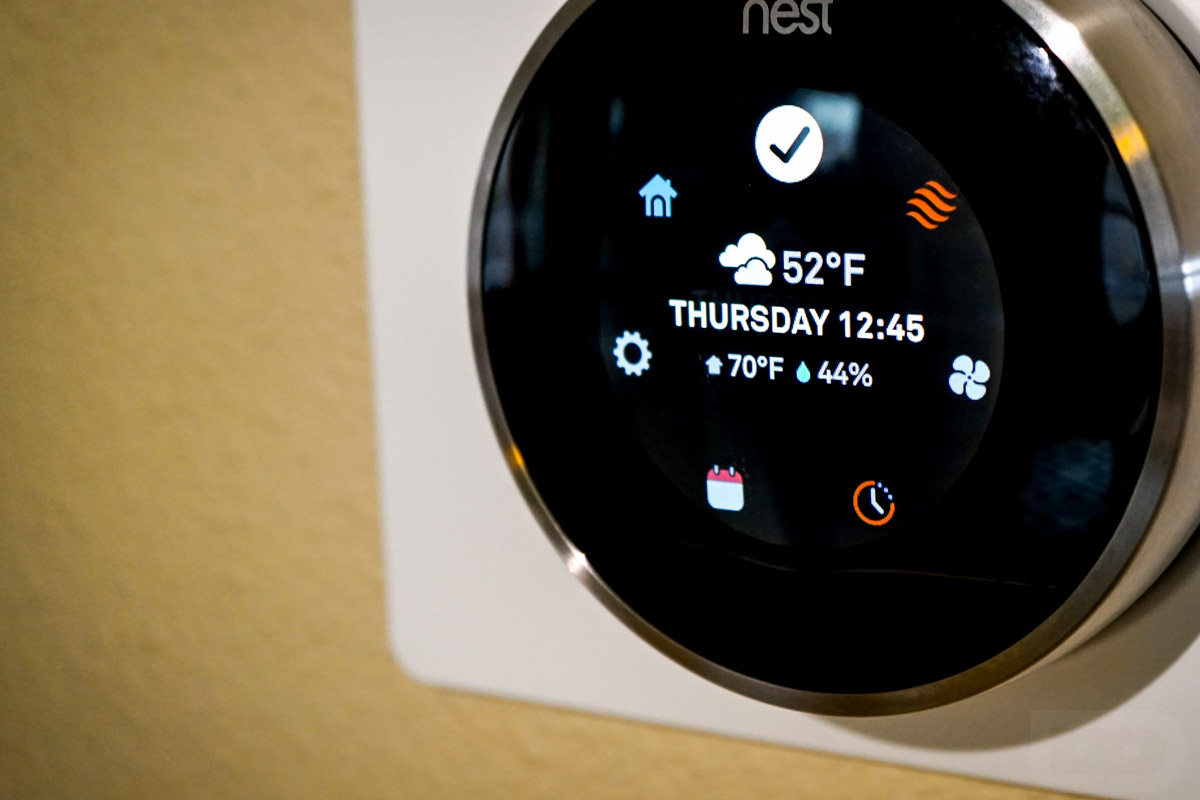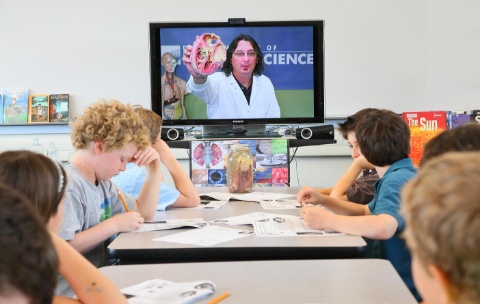During todays lecture we had a visit from Darren, who works within the advertising market, to explain to us about the development of the internet and what it could look like within the years to come. It is predicted that by 2020 the internet is going to be something completely different from today, it is just about cracking the code and gaining full understanding of it to reach that level.
One of the things which were presented were Estimote Stickers, these are brilliant little pieces of hardware. They are stickers which can be stuck anywhere around a room or area, and can have information programmed onto them. This information can then be accessed through a IPad or phone. I think these can be used within the classroom to create an amazing interactive learning environment in a range of different ways. They could be placed around the room to give the children more information about daily tasks, for example they could have an interactive story on the sticker in the book corner for the children to listen to. They could also be used to collect information from around the school for a specific subject, for example a scavenger hunt based on geography.

Another interesting piece of technology that could be used within the classroom is the Nest. This is a device which links to a phone and enables the teacher to control the environmental aspects within the classroom, such as the heating and lighting. This could be used to give the teacher more control over their own environment, leading to a more comfortable school experience for both the children and teacher. There have been many times when I have been into a classroom and it has been incredibly hot, but the teacher has no control over the heating, leading to an unfocused and unbearable lesson.

This kind of technology is only within it’s infancy though, for example linking the Nest with the Amazon Echo could change the learning environment simply by listening to and collecting data from what is happening within the classroom. This is a very interesting idea, and comes under the AI branch of technology- currently being led in development by Tim Cook from Apple. This device listens to what is happening around it and then changes the environment to suit the needs of those specific people, for example if it senses that they are stressed the device could lower the lighting or put on some music for them.
 Finally, the last thing which was presented was Ivyrevel and is still under development. This again, like the Amazon Echo, listens and collects data from what is happening within your life to suggest the kinds of clothes that could be made specifically for your style. This was a fascinating concept, since based on where you are, what time you have done things, what you have looked for online can help create a picture of what you should wear! However, this is specifically targeted for those who have money, since the clothes are tailor made.
Finally, the last thing which was presented was Ivyrevel and is still under development. This again, like the Amazon Echo, listens and collects data from what is happening within your life to suggest the kinds of clothes that could be made specifically for your style. This was a fascinating concept, since based on where you are, what time you have done things, what you have looked for online can help create a picture of what you should wear! However, this is specifically targeted for those who have money, since the clothes are tailor made.
I think this could be used within the classroom, using the same concept, to help collect the data of what the children have done during the day and how they have reacted to lessons or topics to help create an overall picture of where the children need to focus on or why they are behaving in a certain way. This type of technology can give teachers a more accurate look at how the children within their class are performing individually and overall, and saves them time when it comes to the assessments, meaning teachers have more time to focus on planning and the lessons.
Although, finally there is the issue of security and safety. These types of technology are incredible and will revolutionise the way we think and teach. However, there will always be someone who wants to get into them and have that information without permission or need. Teachers need to be sure that when they use these devices that they are safe and protected from hacking and being overrun. The danger that I can think of, is if things like the Amazon Echo are always listening to what is being said, what happens when something is recorded that teachers don’t want to or shouldn’t be. Similarly, for the stickers, how can you prevent someone from changing the data on it without permission? Are they going to be password protected? Are they going to have their own anti-virus software? I’m sure these will all be answered soon…
 I would use this within the classroom, although I think I would use it as a whole class rather than individually. I particularly like the idea of video conferencing another school which is in a different country, since it enables the children to learn from the children about their culture and experiences.
I would use this within the classroom, although I think I would use it as a whole class rather than individually. I particularly like the idea of video conferencing another school which is in a different country, since it enables the children to learn from the children about their culture and experiences.